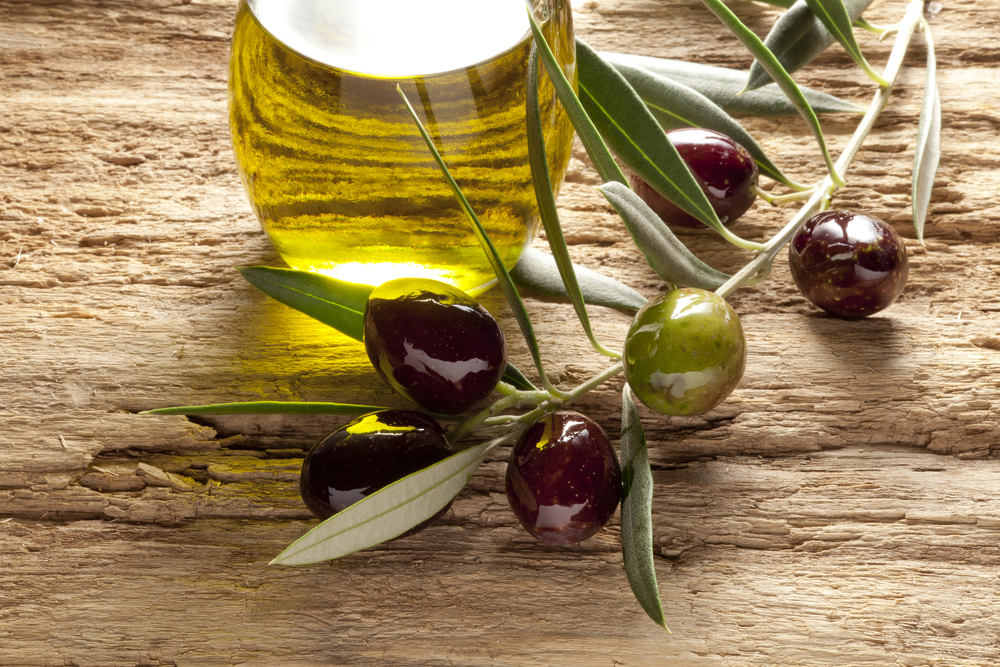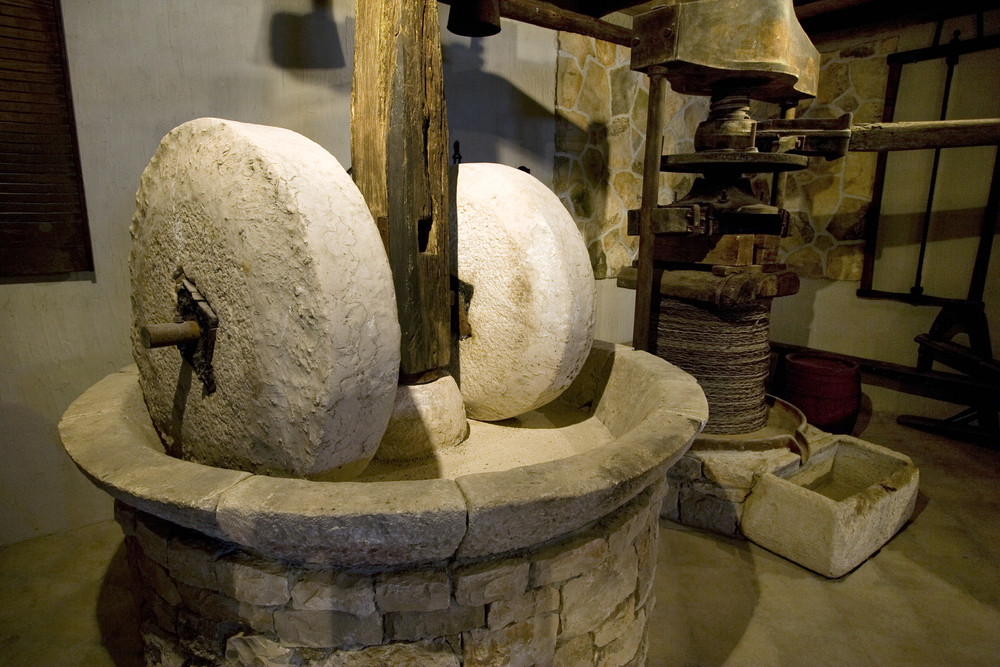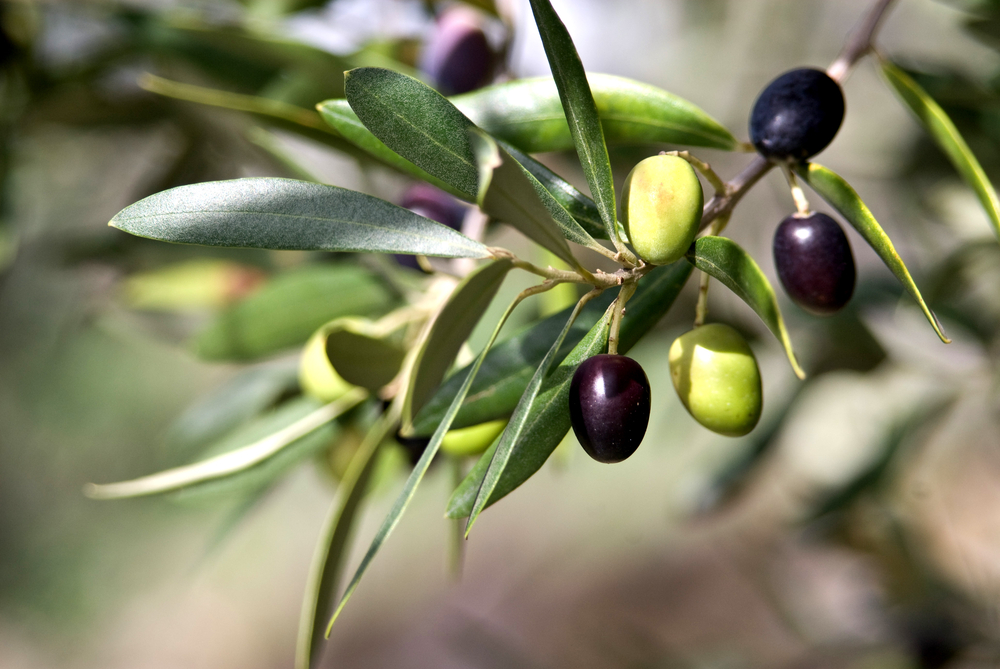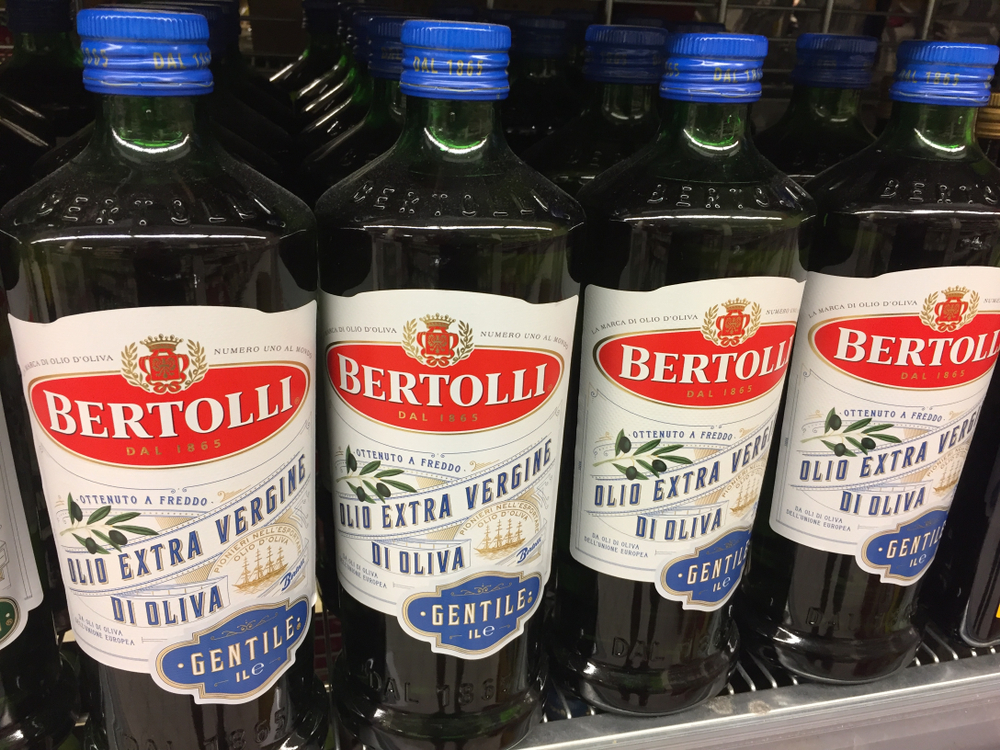
Emilia-Romagna Cuisine: Home of a Thousand Gastronomic Treasures
June 17, 2021
Discover Emilia-Romagna's culinary treasures, including Parmigiano Reggiano and Prosciutto di Parma. Your Italian culinary adventure awaits!
By: Simona Piccinelli / Last updated: April 9, 2024
Estimated reading time: 1 minute
Olive Oil has been used for over 6,000 years! In the Copper Age, farmers who occupied the present Syrian-Palestinian coast began to select and graft varieties of olive trees producing great fruits to obtain a greasy, dense, valuable liquid for the skin, which tasted pretty good and burned quite easily.

From the Ancient Greeks, who first exported a large amount of olive oil and introduced the concept of “brand” and “mark of origin,” and the Ancient Romans to modern-day olive tree cultivation, oil production and consumption have been spreading throughout the Mediterranean basin to the entire world. Today, you can see olive groves in South Africa, China, South Oceania, and North, Central, and South America. The total production of olive oil has been growing steadily since the early 1900s, and now it exceeds 3 million tons per year.
We spoke with Marco Antonucci – extra virgin olive oil Italian teacher and lecturer, sensory analysis trainer, and tasting panel leader – and asked him the most commonly asked questions about extra virgin olive oil.
There are several kinds of oils you can obtain from olives:
Italian law says that, in order to write “first cold pressing” on the label, the maximum temperature of 27°C (80,6F) should be maintained during the processing of olives in the mill. To be able to write it on the label, the oil miller must provide a declaration indicating the technological means installed to ensure the truthfulness of the declaration; otherwise, it is commercial fraud.
If you take poor olives to the mill, you’ll have an extra virgin olive oil obtained with “cold pressing” but of poor quality. Also, speaking of first pressing would make sense if there was a second pressing. That doesn’t exist for extra virgin olive oil.
The most widespread system is the “continuous cycle” (about 80-85% of the total), consisting of a crusher that chops the olives, a tank called a kneader in which the pulp is stirred, and a decanter separating the oil from the water and the pomace: mechanical processing, at a controlled temperature, in minimal contact with the air.
The traditional or “discontinuous cycle” (about 15% of the total), still used today to represent the romantic image of olives pressing, which consists of granite wheels that crush the olives and drupes (olive seeds), then are placed on nylon disks and pressed. This type of processing does not allow temperature control, and the olive paste remains in contact with air throughout the extraction process.

There is only one type of olive; like most fruits, it changes color with ripening. In autumn, the green skin turns to a darker color, tending to black; this transformation usually represents the olive’s ripening period.
Early-harvested olives produce oil with green, fresh, herbaceous hints, rich in polyphenols, and intense sensations of bitterness and pungency. Grapes harvested after ripening produce a general decline of the positive components in the olives and give oil with slight bitterness/pungency, with the smell of very ripe fruits. Usually, the olives are harvested when 60% of them change color.

An olive oil’s color indicates its flavor, not its quality, which is similar to wine. Extra virgin has a color range between yellow and green, depending on the number of carotenes present, which gives a yellow color. Chlorophylls and pheophytin, on the other hand, provide a more greenish color. These color pigments vary depending on the cultivation, the ripening, the type of processing, and preservation.
The label can contain only adjectives recognized by the European Regulations that refer to a positive attribute of olive oil (e.g., “intense,” “medium,” “light,” associated with features such as fruity, green, ripe, etc.) if certified by the Panel Leader, whose group has carried out the organoleptic (taste and smell test) evaluation to define the oils classification. It is not permitted to use adjectives such as robust, gentle, or vigorous to describe an Olive Oil. However, some producers use these terms as a brand name to get around the regulations.

Because it is composed mainly of mono and polyunsaturated fatty acids whose main properties help reduce bad cholesterol, it also contains Squalene, Beta-sitosterol, Polyphenols, and Oleocanthal, which have anti-inflammatory and antioxidant properties.
All oils contain about nine calories per gram, whether made from olives or seeds; no “light” oils exist. However, extra virgin olive oil is scented and tasty, so just a spoon is enough to add flavor and taste, unlike olive oil or seed oil, which is odorless and tasteless, making consumers use it in greater quantity.
To taste oil, you pour a soup spoon amount of oil into a small glass and heat the glass with the warmth of your hand[s], allowing the scent to evaporate; about ten drops of oil should be sipped on the tongue without swallowing, then “stripping,” that is to inhale air from the semi-closed mouth once or twice oxygenating the oil, to taste the bitterness on the tongue and pungent at the bottom of the throat (pinches); at the end of the tasting the scents that have sprung up in the nasal cavity will form the so-called post-nasal sensations
The oil’s acidity is not perceived in the mouth; it can be determined only through chemical analysis. The “tickle” that is felt in the throat is often mistaken for acidity: actually, it’s the oil’s “pungency,” a positive characteristic that recalls chili and indicates the presence of antioxidant substances beneficial for health; its intensity depends on the cultivation, the ripening, and the pressing system.
In the oil, volatile substances evaporate at low temperatures, giving up aromas of artichoke, apple, thyme, almond, etc. An oil smells of grass, not because the olives are grown in a field but because molecules causing the scent of grass are naturally present in some oils.
Freshly pressed oil has several polyphenols that slowly decrease over time because they fight fat oxidation. When they are “consumed,” the oil remains without its natural protection and starts to become rancid.
The producer determines the maximum storage time (usually 18 months) and starts from the bottling and not from the production date: oil with a high quantity of polyphenols or better filtration keeps its product characteristics unchanged for much longer compared to oil that is low in polyphenols or unfiltered and therefore will be able to have a more extended expiration date. It is good to check the expiration date, and, as with any food, purchasing packaging that indicates the furthest date is preferable. For EVO produced in Italy (not other EU countries), the expiration date must be preceded by the year of harvest (but only if 100% of the Olives were harvested in the same year). To experience the best quality, it would be better to use the most recent harvest.
Olive oil should be preserved between 12°C and 16°C (53.6 F and 60.8 F) in new and clean containers, sealed closed to avoid contact with oxygen, and stored in the dark because light produces photo-oxidation. Metal and dark glass are both good.
In Italy, cafes, bars, and restaurants, oils must be presented in properly labeled containers, provided with a suitable closure that can’t be modified, and doesn’t allow container reuse when the original contents are emptied. If there is an oil cruet or a bottle without an anti-refill cap on the table or the counter, it is advisable to ask for a replacement with a suitable bottle.
If you would like us to customize an exclusive luxury tour, contact us and let us know your travel plans. We offer luxury food and wine tours for private groups of a minimum two guests. In addition, all of our private, chauffeured tours are available year-round upon request.

